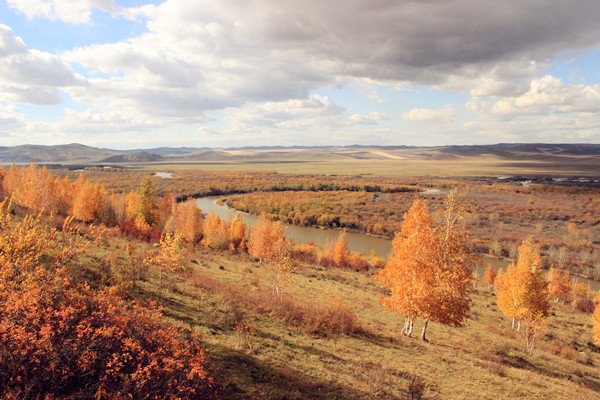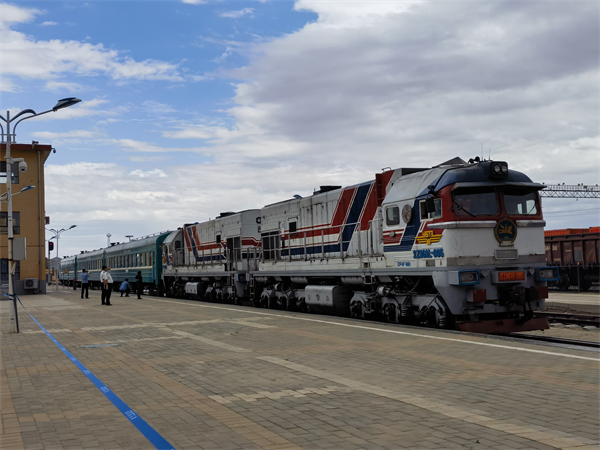Forests and grasslands
 |
The Inner Mongolia autonomous region has one of China's largest forested areas and is an important site for ecological protection in northern China, with 23.66 million hectares of forest, or one-eighth of the nation's total, totaling 21.03 percent of forest coverage. |
The Inner Mongolia autonomous region has one of China's largest forested areas and is an important site for ecological protection in northern China, with 23.66 million hectares of forest, or one-eighth of the nation's total, totaling 21.03 percent of forest coverage.
Desertification and sandification
According to the fifth national desertification monitoring results in 2014, the desertification and sandification areas are 60.9 million hectares and 40.8 million hectares respectively, a decrease of 0.42 million hectares and 0.34 million hectares respectively compared to that in 2009.
Wetland resources
Aside from the oceans, rivers, lakes, swamps and constructed wetlands are some of the water resources in the region. It has 6.01 million hectares of wetlands, which accounts for 11.25 percent of the national wetland areas. The region has established a protection system giving priority to wetland nature reserves and wetland parks, protecting 1.72 million hectares of wetlands with a protection rate of 28.5 percent.
Nature reserve
150 nature reserves have been established by the forestry department, of which 24 are national level and 48 are autonomous region level. They are forest ecosystem, wetlands ecosystem, desert ecosystem and wild animals and plants, with a total area of 10.47 million hectares.
Forestation
During the 12th Five-Year Plan (2012-2016), the total forestation area reached 1.01 million hectares, accounting for one-ninth of national areas. Forestation of 0.41 million hectares of key areas has been completed, and more than 380 projects have since been developed.
Statistics from the Inner Mongolia authority reveal that the area of forest land in the entire region has increased from 137 million mu (9.13 million hectares) at the beginning of the funding of the autonomous region to 392 million mu in 2021, and the forest coverage rate has reached 23 percent, due to the region's greening efforts.
The area of desertified and sandy land throughout the whole region has seen a "double reduction" for the past many years.
The barren hills of Sumu Mountain in Xinghe county, Ulaanqab city have turned green, with a forest area of 202,300 mu and a forest coverage rate of 74.8 percent, making it the largest artificial forest farm in North China.
In addition, one-third of the Kubuqi Desert is now forested, becoming a model for the global fight against desertification.



 Print
Print Mail
Mail





